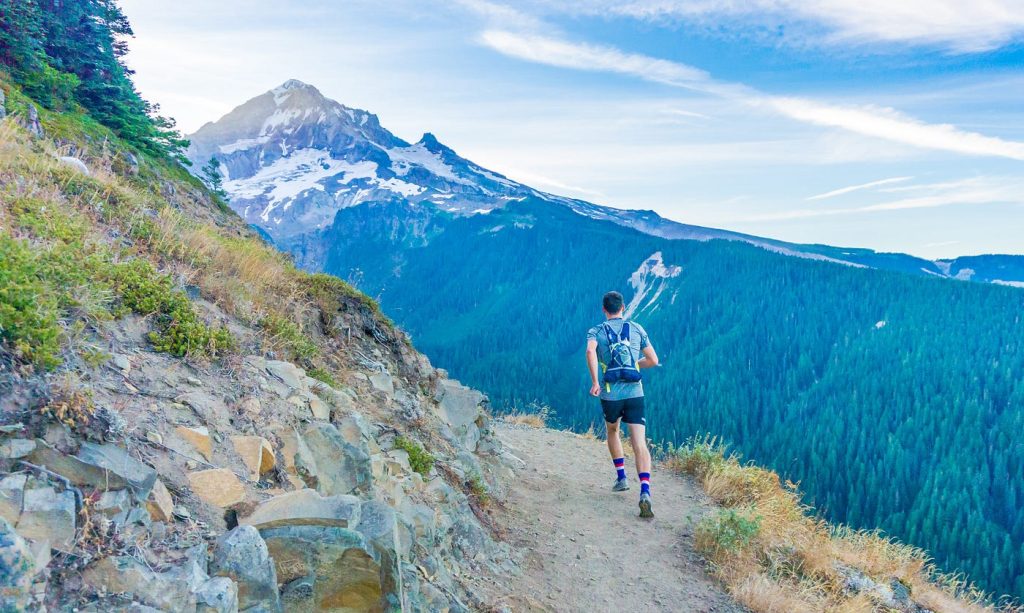Embarking on an Aconcagua climb requires careful physical preparation and acclimatization to ensure success and safety on the mountain. At Aventuras Patagonicas, we provide expert guidance and proven strategies to help our clients prepare for the challenges of high-altitude climbing. Here’s how you can get ready for your ascent and how we support you in this exciting journey.
Acclimatization: Key to Success on Aconcagua
Acclimatization is critical when preparing for an Aconcagua climb. The altitude on Aconcagua, which can reach up to 6,961 meters (22,841 feet), can affect even the most experienced climbers. To mitigate the risks of altitude sickness and enhance your body’s adaptation to high elevations, we recommend a gradual acclimatization process.
Aventuras Patagonicas schedules built-in acclimatization days during the expedition, involving climbs to higher altitudes followed by descents to sleep at lower elevations. This “climb high, sleep low” technique is one of the most effective methods for acclimatizing.
Additionally, we encourage climbers to consider using a Hypoxico system at home to pre-acclimatize. This system allows you to simulate high-altitude conditions, reducing overall acclimatization time on the mountain. Using the Hypoxico system for 4-6 weeks before your Aconcagua climb can significantly enhance your body’s adaptation to altitude and increase your comfort and performance during the expedition.
Using a Hypoxic Tent to pre-acclimatize
One of the most powerful ways to ensure that you are fully acclimated before arriving on Aconcagua is to use a Hypoxic Tent at home for 4-6 weeks before your fly out to Argentina. A hypoxic tent, also known as an altitude tent, works by simulating the lower oxygen conditions of high altitudes. This helps prepare you for high-altitude climbs by allowing your body to adapt to reduced oxygen levels, a process known as pre-acclimatization. Here’s how it works:
- Oxygen Reduction: The tent uses a system to reduce the oxygen concentration in the air inside the tent. This is achieved through a machine that filters out oxygen, thereby mimicking the atmospheric conditions found at higher elevations.
- Sleeping Environment: We recommend that clients sleep within this tent for 4-6 weeks before a climb. The reduced oxygen environment forces the body to make physiological adaptations that are beneficial for high-altitude environments, such as increasing red blood cell count and improving the efficiency of oxygen usage by the body’s tissues.
- Gradual Acclimatization: Users typically start at a modest altitude and over a period of week gradually increase the simulated altitude in the tent as their body adapts. This gradual increase helps minimize altitude sickness when you are actually exposed to high-altitude conditions on a mountain.
- Benefits: The primary benefits of using a hypoxic tent include increased production of red blood cells, enhanced oxygen transport and delivery capabilities, and better overall acclimatization to high altitude conditions. These adaptations help reduce the risk of altitude sickness and improve performance at high elevations.
By using a hypoxic tent, you can begin the acclimatization process at home, which can shorten the acclimatization period needed on mountains like Aconcagua and increase the safety and success of your climb.
Physical Training for Aconcagua
Training for Aconcagua is just as crucial as acclimatization. The physical demands of the climb require a well-rounded fitness regimen focused on endurance, strength, and altitude adaptation. Here are some exercises and training tips to prepare your body for the challenges of Aconcagua:
Cardiovascular Training:
Endurance is vital for long days on the mountain. Engage in activities like running, cycling, or swimming at least three to four times a week. Increase the duration and intensity gradually to boost your cardiovascular capacity.
Strength Training:
Focus on building leg strength through weightlifting exercises such as squats, lunges, and leg presses. Core strength is also important, as it supports your body through uneven terrain and heavy pack carrying.
Hiking:
Regular hiking, especially on hilly or mountainous terrain, is one of the best ways to prepare for the rigors of an Aconcagua climb. If possible, train with the backpack you intend to carry, progressively adding weight to simulate the load you will handle during the climb.
Altitude Training:
In addition to using a Hypoxic Tent system, try to spend time at higher elevations if you live near mountainous areas to naturally acclimatize your body to lower oxygen levels.
How Aventuras Patagonicas Supports Your Preparation
At Aventuras Patagonicas, we understand the importance of thorough preparation. We provide detailed training programs and guidelines to all our clients, tailored to the specifics of the Aconcagua climb. Our experienced guides offer personalized advice based on your fitness level and climbing experience, ensuring that you are as prepared as possible when you arrive in Argentina.
We also offer optional pre-climb acclimatization treks and workshops on technical skills, which are especially beneficial for routes like the Polish Glacier. These programs are designed to give you hands-on experience and confidence before you face Aconcagua.
Ready for Your Adventure
With the right preparation and support from Aventuras Patagonicas, you’ll be well-equipped to tackle the challenges of an Aconcagua climb. Whether you’re training for Aconcagua or utilizing advanced acclimatization techniques like the Hypoxico system, we are here to guide you every step of the way. Got questions? Contact us!

